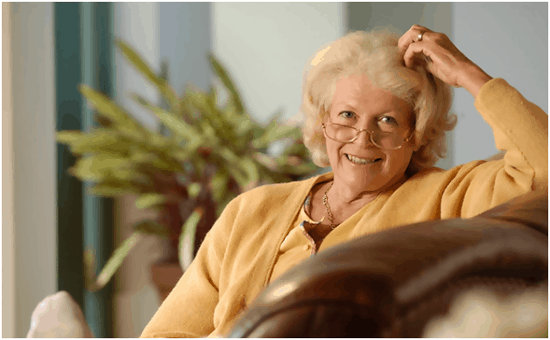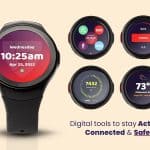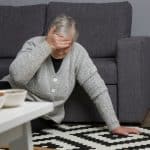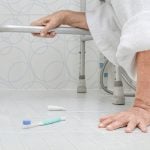
Photo by Stannah-Stairlifts.com
Independent living has long been among the most critical factors in the overall happiness and health for those living their golden years. For a long time, many seniors were forced to give up their independent living due to health issues that require constant monitoring or checking-up on.
Heart attacks and strokes are two of the most significant health problems facing today’s seniors, and deaths from these issues can often be avoided by a timely intervention by health professionals. This reality has often led many seniors to give up their preferred lifestyle to alleviate the worries of themselves and loved ones.
Thanks to modern technology, this no longer has to be the case.
Medical alert devices provide an excellent lifeline for seniors in their everyday life. Alert devices are not only for aftercare patients. In fact, modern apps and devices offer a myriad of options for an active and independent senior lifestyle. Some devices can even be worn as watches or necklaces. The added discretion and function modern devices provide mean that medical alert products are more viable than ever -regardless of your lifestyle. If you are worried about your bank account, the Life Alert cost can be quite affordable.
How Activity Trackers and Medical Alert Devices Save Lives
One of the biggest dangers facing seniors is having a health crisis alone. When a health disaster occurs, time is of the essence. Sadly, many seniors are often discovered too late to be saved due to the lack of proper preparation. Great care must be taken to ensure that caregivers and family can be alerted and can appropriately respond in time. It is a matter of life and death. Using the correct medical alert device will save your life if you are a senior living on your own and the unthinkable happens.
The Center for Disease Control and Prevention states that conditions such as heart attack and stroke are the leading cause of death among seniors. These conditions require immediate medical attention when they occur if the life is to be saved.
Even those who are not living alone may not wish to be continuously checked-up on. A medical alert device can ensure that you can maintain your privacy without risking your health.
Today’s technology allows for a large variety of product options. Smartphones, apps, and specialized trackers provide today’s seniors and caregivers with many products to choose from. These products can be used for most activities and living arrangements. Since many of these devices can be worn discreetly, or placed strategically in the home, they provide an essential lifeline and health safety net without getting in the way. Emergency assistance can always be quickly reached if needed.
Here is how most Medical Alert Devices work:
- Your alert device is typically going to be an easily accessible button that sends a signal to an emergency alert center or caregiver. Alternatively, it may be a sort of vitals monitor that will send out a message when it detects suspicious activities in your heart rate or behavior. Some are hybrid systems.
- Many devices go to a monitoring center that will attempt to contact you and your caregiver in case of an emergency. These calls are typically conducted by operators who have specific training and know how to work with and speak with seniors in need. A suitable alert device service will ensure the person you are in contact with will have up-to-date medical information on you as soon as you are on a call with them.
- These professionals, or the device itself, can then contact EMS for help. This process ensures a senior can get the essential life-saving help quickly and efficiently.
If you take the proper steps and ensure that the adequate alert device is in place and operating correctly, then you can rest assured knowing that as a senior, or a caregiver, you no longer need to worry about emergency services being unreachable or coming too late. This peace of mind can go a long way in boosting the general quality of life as well.
Cited Sources:
Determinants of Independence in the Elderly, David A. Cunningham, Donald H. Paterson, Joan E. Himann, and , Peter A. Rechnitzer | Canadian Journal of Applied Physiology, 1993, 18(3): 243-254,https://doi.org/10.1139/h93-021
Diane J. Kehn BSW (1995) Predictors of Elderly Happiness, Activities, Adaptation & Aging, 19:3, 11-30, DOI:10.1300/J016v19n03_02
Image Source: https://www.flickr.com/photos/164316313@N02/28078722118


